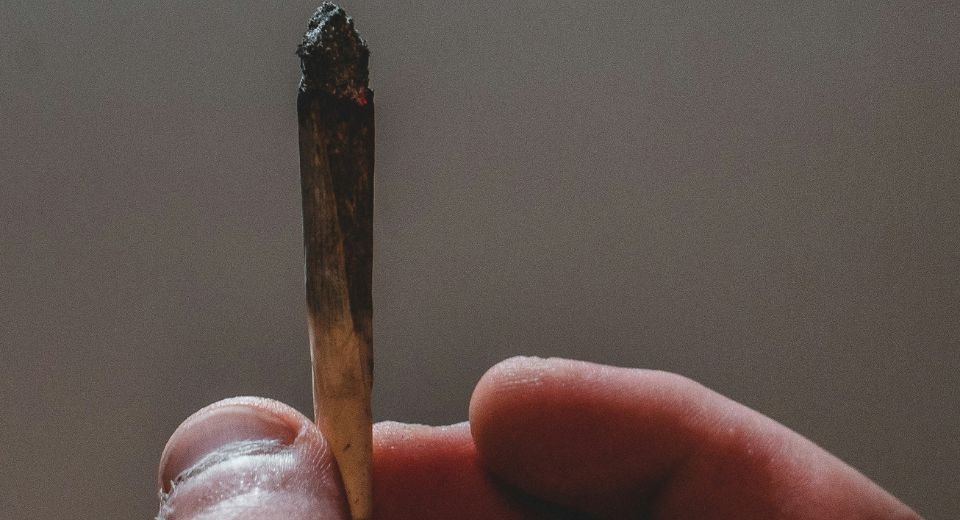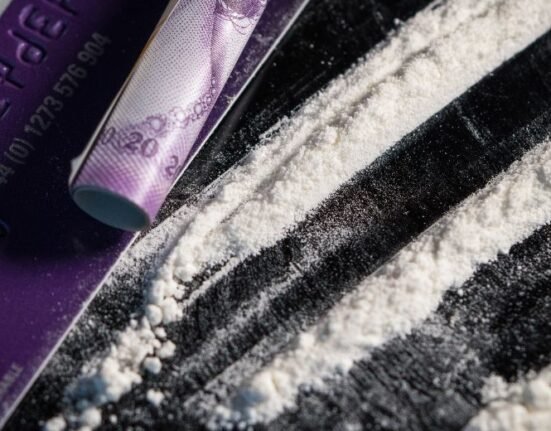By Aparna S
March 19, 2024: Substance use disorder is a major public health problem across the globe, and India is no exception.
A global youth tobacco survey in India revealed 3.8% of tobacco users among students, a vast majority of which consists of adolescents and young adults.
Adolescence is a phase of several biological, cognitive, emotional and social changes that help strengthen habits for adulthood.
A teenager’s brain is much more curious and risk-taking. They are always in for exciting activities, many of which are potentially damaging to the rest of their lives. This is a prime reason why substance use in adolescents is a serious concern.
Highly susceptible
Teenage is the time of celebrity worship syndrome, fandom and social media influence. This age group is highly susceptible to media influence due to preoccupation with identity, making them identify with and model what they view.
A teen’s brain is still developing and lacks adequate cognitive capacity to distinguish reels from reals. This makes a young adult easily fall prey to the audio-visual marketing strategies, mainly portrayed in entertainment media.
Popular media has been of immense help in various addiction prevention and intervention strategies. It reaches out to the target audience disseminating information about health and threats to it and works as a motivation to change.
Simple, focused messages are propagated in catchy content repeatedly to a large number of people. This is a very effective social intervention as far as substance use is concerned, especially in the case of adolescents and young adults.
Flipside
Several studies show a significant reduction in illicit drug use in youth who have been exposed to anti-drug media campaigns.
However, there is a flip side to the coin.
Media exposure to psychoactive substance use can desensitise the viewer to the harmful consequences. It makes us less likely to perceive the risks and harms associated and focuses more on the excitement and the colourful content offered.
Some form of substance use has trickled into almost all forms of entertainment media.
Cool, fun
While the intentions are not to harm or misinform, it surely gives a generic interpretation of drug use. If not all, many movies depict alcohol and tobacco as ‘cool’, ‘fun’ ‘exciting’ or as an antidepressant.
How much can a tiny ‘statutory warning’ do if your favourite hero is drinking his way to glory on the screen?
Adolescents who are exposed to substance-related content develop a sense of social acceptance of such behaviour and rarely perceive the danger.
Celebrate with a bottle
The adverse impact of celebrity drug use discussions in media on the drug-seeking behaviour of youth has been proven beyond doubt.
The typical Indian movie scene of the hero and his friends celebrating with a bottle is normalising addiction, if not glamorising it.
Although there are legal restrictions and reporting guidelines in place that prohibit explicit portrayal, advertising and marketing of psychoactive substances, it is only of a slow-burning impact.
A prudent and sensible censoring of the content is what is required.
(Dr Aparna S is a consultant psychiatrist and an Assistant Professor at the Believers Church Medical College Hospital, Tiruvalla, Kerala. Views expressed are her own and not of an organisation or company.)






1 Comment